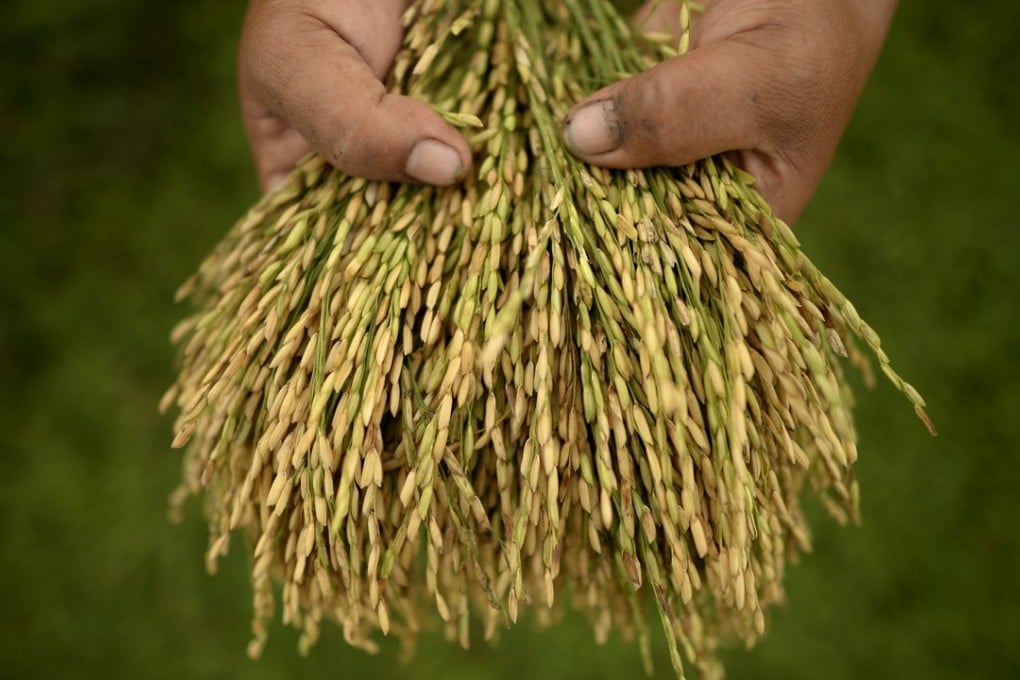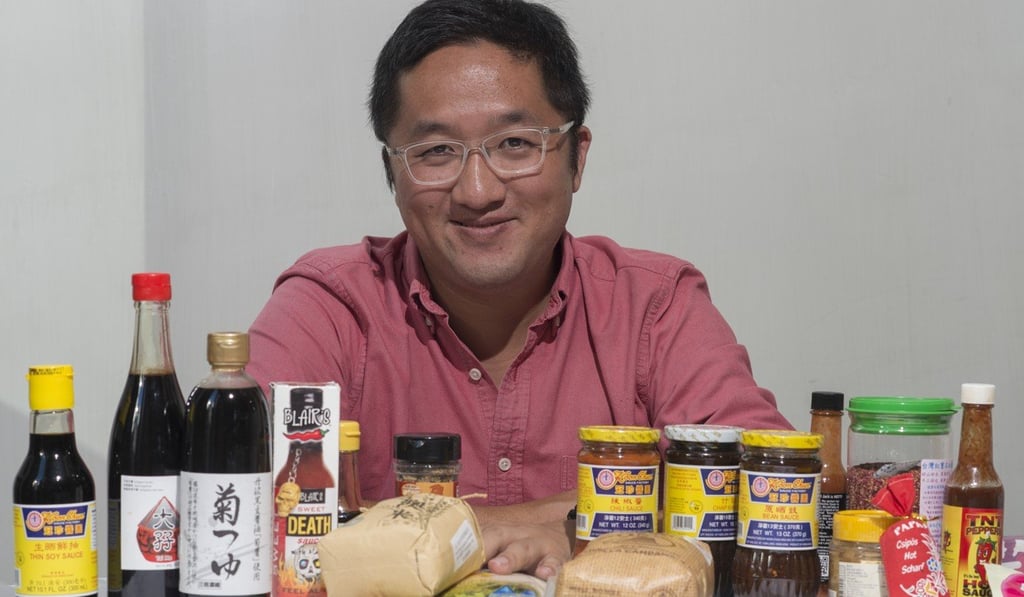Philippines’ 300 heirloom rice varieties and their Hong Kong fans eager to serve them to diners
Biodynamic and organic rice varieties are more expensive than the polished grains most of us eat, but their intense flavours and chewy textures are increasingly drawing chefs and consumers in the Philippines and overseas

At Kin’s Kitchen in Hong Kong, chef and owner Lau Chun offers several types of rice with his Cantonese dishes, including grains from Taiwan and Japan. He’s eager to serve rice from the Philippines – if only he could get it.
“The grains are not polished, so they have a chewy texture and more intense flavour, very nutty,” he says of the black, brown and red Philippine rice he’s tasted. Fellow chef Margarita Fores had given him samples to try and now Lau is keen to add them to the “rice menu”, or to use them as stuffing for some traditional dishes.

“The rice I’ve tried is biodynamic and while it is more expensive, I think it’s part of the diners’ education to understand the true cost of food,” he says.
Lau’s desire to use Philippine rice in Hong Kong is good news for Bernadette Romulo Puyat. She is undersecretary of the Philippine Department of Agriculture and regularly visits farmers to promote best practice in rice growing and cultivation.
What you’ll find on Hong Kong restaurateur Lau Chun’s shelves
She also collects rice seeds to distribute in the aftermath of typhoons, and helps collect samples of heirloom varieties for the International Rice Research Institute, which has its headquarters in the Philippines.